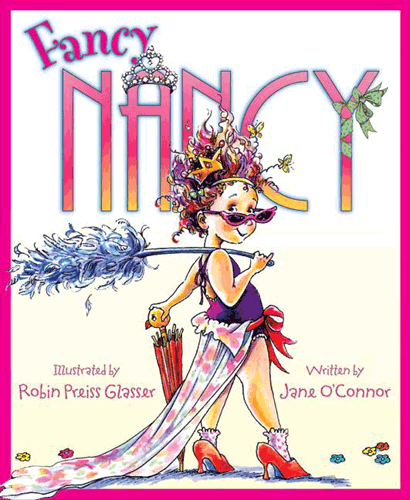
So Far From the Bamboo Grove by Yoko Kawashima Watkins was an assigned novel for class, and I can see why this was the case. Last week, I read a book that was similar to this one (but different characters). In this book, a young Japanese girl named Yoko faces a difficult journey with her mother and sister from Korea to Japan. When Japan lost control in Korea, things became very dangerous for she and her family. Throughout the book, they experience many traumatic events that eventually result in she and her sister living alone in Japan. Her mother dies once they arrive in Japan, she doesn't know if her father is dead or alive, and after being separated from her brother for months they are eventually reunited.This is an extremely brief summary, but I wanted to include it.
The main characters in this book are very well developed. I feel as though I was able to understand Yoko, her sister, and her mother very well. Although her brother was a main character, I was less familiar/interested in him. I was surprised that the author did not mention Yoko's father very much, and I would have liked to know more about him. For example, his whereabouts, occupation, etc. I feel as though there are many parts of this text that would be difficult to discuss with students (especially upper elementary and middle school students). Rape, death, sickness, violence, and many other difficult topics are spread throughout this book. I would feel slightly wary about approaching some parts of this book with a classroom of students. However, I feel that I enjoyed this book much more than the other text. It was fairly fast paced, and it did not seem to repeat itself. I truly felt as though a young girl was telling her story (the authors goal was accomplished, in my opinion). The emotions and actions of Yoko seemed to be how a typical child would respond in various situations.
I would suggest this book to individuals who enjoy books that are thought provoking and are based upon history. Although it was not my favorite book, I was able to enjoy reading it.


















